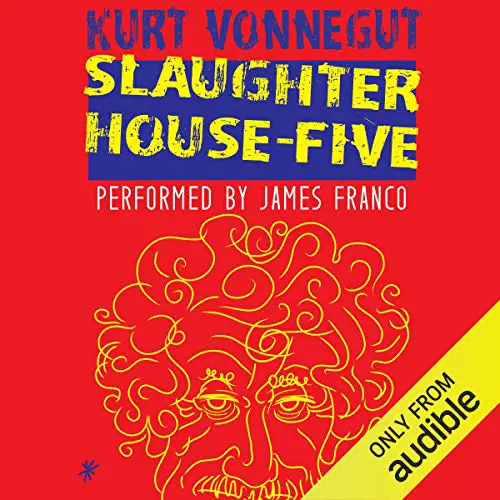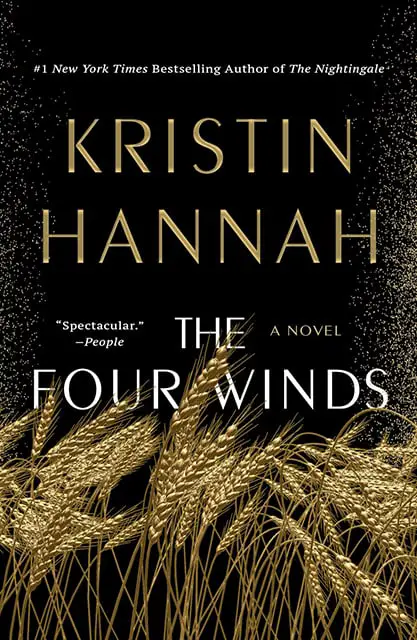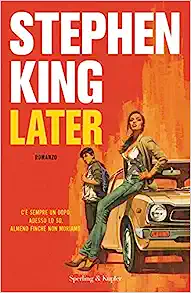“Slaughterhouse-Five” has been banned or challenged for its portrayal of violence, sex, language, anti-war message, narrative structure, pessimism, and religious themes. These reasons vary depending on the values and beliefs of different individuals and communities.

Why Was Slaughterhouse-Five Banned?
“Slaughterhouse-Five” by Kurt Vonnegut is a renowned classic of modern literature. It is primarily known for its unique narrative structure and poignant exploration of the horrors of war, particularly focusing on the firebombing of Dresden during World War II. However, its controversial themes led to its banning and censorship in various places.
The primary reasons for the banning of “Slaughterhouse-Five” include:
Violence: One reason is its portrayal of violence and war. The book contains scenes of graphic violence, including descriptions of bombings and the aftermath of war. Some people find these scenes disturbing and believe they are not suitable for younger readers.
Language & Sex: There are passages in the book that contain explicit language and sexual content. Some parents and educators feel uncomfortable with this and believe it is inappropriate for young readers.
Anti-War Message: The book’s anti-war message has sparked controversy. “Slaughterhouse-Five” criticizes war and its effects on humanity, which some people find objectionable. They may disagree with the book’s perspective or feel that it undermines patriotic values.
Narrative Complexity: Furthermore, the non-linear narrative structure of the book can be confusing for some readers. It jumps back and forth in time and includes elements of science fiction, which some people may find difficult to follow or interpret.
Pessimism: The book has been challenged for its perceived pessimism and nihilism. Some readers and educators worry that it presents a bleak view of the world and lacks hope or redemption.
Religious Themes: Religious groups have objected to the book’s themes and content. It includes discussions about religion, God, and fate, which some people find controversial or offensive.
Who Wanted Slaughterhouse-Five Banned?
“Slaughterhouse-Five” has faced various attempts at censorship since its publication in 1969. Several parties like Conservative groups, school boards, parents, government officials, and veterans’ organizations have sought to ban or restrict the book over the years due to its depictions of violence, sexual content, and critiques of war.
One significant attempt to ban “Slaughterhouse-Five” occurred in 1972 in the public school system of North Dakota. The novel was challenged in Drake, North Dakota, where a school board voted to ban it due to perceived obscene language and anti-war sentiments. This decision led to a legal battle, with the ACLU defending the book’s right to be taught in schools. The case reached the U.S. Supreme Court in 1973 in “Island Trees School District v. Pico,” where the ban was overturned, affirming the principle that school officials could not remove books simply because they disagreed with their ideas.
In 1982, the book faced another significant challenge in Levittown, New York, initiated by a group of parents who objected to its content, particularly its depiction of war, violence, and sexuality. Despite the controversy, the school board ultimately voted to retain “Slaughterhouse-Five” in the curriculum, upholding the importance of academic freedom and the diversity of perspectives in education.
These controversies reignited debates about censorship, academic freedom, and the role of literature in education. Supporters of the book argued for its value as a work of literature that offers insights into the human condition and the horrors of war. It emphasizes the importance of exposing students to diverse perspectives and challenging them to think critically.
How Many Times Has Slaughterhouse-Five Been Banned?
While it’s difficult to pinpoint an exact number of bans “Slaughterhouse-Five”, it’s evident that the novel has been the target of numerous attempts at censorship across different countries and contexts. Some notable cases include:
Drake High School, North Dakota, USA (1972):
In 1972, the Drake School Board in North Dakota banned “Slaughterhouse-Five” due to its perceived obscene language, sexual content, and references to violence. The decision was made after a local citizen, Charles McCarthy, objected to the book’s inclusion in the curriculum. McCarthy, a member of a conservative group, argued that the book was inappropriate for high school students.
Rochester, Michigan, USA (1976):
In 1976, “Slaughterhouse-Five” was challenged at Rochester Community Schools in Michigan. Parents and community members objected to the book’s depiction of sex and violence, as well as its anti-war themes. The challenge led to the removal of the book from the curriculum.
Oceanside High School, New York, USA (1977):
Another ban occurred in 1977 at Oceanside High School in New York. Parents and school officials objected to the book’s content, citing its profanity, sexual references, and anti-authoritarian themes. The controversy resulted in the removal of the book from the school’s library.
Baleares, Spain (1970s):
In the 1970s, during the Francoist regime in Spain, “Slaughterhouse-Five” was banned for its anti-war message and perceived subversive content. The book was considered a threat to the conservative values promoted by the government at the time.
Republic of Ireland (1972):
“Slaughterhouse-Five” was banned in the Republic of Ireland in 1972 under the Censorship of Publications Act. The Irish Censorship Board deemed the book obscene and unfit for public consumption due to its language and depictions of violence.
Warren, Michigan, USA (1980s):
In the 1980s, “Slaughterhouse-Five” was challenged again in Warren, Michigan, where it was removed from the high school curriculum. Parents and community members objected to the book’s language and sexual content, deeming it unsuitable for students.
These instances represent just a few of the times “Slaughterhouse-Five” has been banned or challenged. Despite ongoing attempts at censorship, it maintains a robust presence in the literary world.
Is Slaughterhouse-Five Still Banned?
“Slaughterhouse-Five” may still be subject to bans or challenges in some locations, but it wasn’t universally banned.
When a book is banned, it can lead to increased interest and publicity, sometimes resulting in higher sales. However, in some cases, it may become more difficult to access in certain libraries or educational settings where the ban is enforced. Despite this, interested readers can often still find copies through alternative means such as purchasing online or borrowing from libraries in less restrictive areas.
Despite the challenges it faces, “Slaughterhouse-Five” remains widely available. Surprisingly, it’s been printed in nearly 300 different versions and translated into more than 20 languages. This strongly shows its enduring popularity and demand among readers all over the world.
Final Words
The banning of “Slaughterhouse-Five” has sparked considerable debate, raising crucial questions about censorship, freedom of expression, and the role of literature in society. Despite facing challenges, its enduring popularity highlights the power of storytelling and its ability to confront difficult truths.
Dare to explore the pages of “Slaughterhouse-Five” and discover the profound truths that lie within its timeless narrative.


